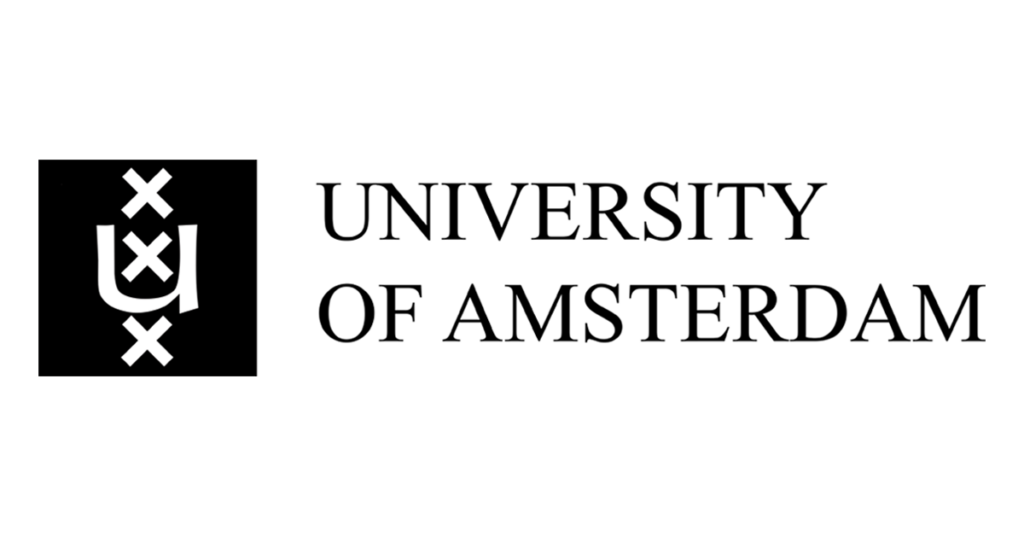Automated Subtitling for TV
The goal of this project is to increase automated subtitling quality for Dutch with TV-specific techniques, e.g., leveraging speakers, scripts and visual cues. Next, we plan to run benchmarks on RTL content. RTL yearly subtitling costs are ~€2m. Dutch speech recognition lags behind English and more importantly not all speakers can be described equally accurately (in particular accuracy is lower for younger and non-native speakers). Therefore, this project plans to tackle these challenges, by developing intelligent, controllable captioning technology suitable for RTL’s content, making use of rich context, improving caption quality and scale.
Full-page Personalization
The goal of this project is to personalize a full page of video content, containing both short and long videos. As a consequence, the main scientific challenge for this work package is how to best generate a personalized, unique, and broad mix of content which also maintains diversity. During the course of the project we will develop new algorithms and novel metrics, both for engagement and diversity, which are suitable for mixed categories of content (e.g., combination of short and long form of videos.
Synthetic Media: Automatic Promo Material
In this project, we pick up the challenge of automatically generating promotional material for TV programs and movies, including thumbnails and trailers. The main goal for this work package is how to best automatically or semi-automatically (using human-in-the-loop algorithms and pipelines) generate summaries from a full length video promotional material, while considering the diversity and fairness of this content. Using advanced computer vision technologies, we believe that we can support our creative people, by improving the efficiency of promotional content creation. In this process we want to keep ample room for human creativity.
Perfect Ad Position
The main goal for this project is to improve metrics for assessing and explaining the fairness of recommendations over time, for different stakeholder types, e.g., consumers, distributors, customers, advertisers, and providers. An interesting use case can be found in the ad-supported Basic tier of RTL’s Videoland platform. Consumers can opt to pay more and not see any ads, and RTL’s interest is to balance this proposition with premium advertising (which fits user’s interests well), whereas advertisers are seeking high quality exposure. Balancing these interests, RTL wants to take a long term perspective and focus on retaining our Videoland customers, regardless of whether they downgrade to an adless tier. Furthermore for successful recommendation, it is not only important that the right item is shown to a given user, but equally where an item is placed and how it is presented. Finally, the applied optimization needs to be done in a way that is user understandable to both types of stakeholders. |
Diversity and Bias in AI and Content
The main goal for this project is to develop good practices for considering diversity in all of its forms (e.g. gender, ethnicity, age, religion, sexuality, health, plus how they intersect), and how these practices can be applied to develop inclusive, non-discriminatory AI systems. In recent years, there have been many examples of how AI systems, based on historic data, very quickly learn to intensify discrimination, exclusion and hate speech, for example in the association of jobs with genders, or crime with ethnic groups. Such systems are fundamentally at odds with democratic values of accountability and transparency. Media companies play an important role in democratic debate, and thus have a particular responsibility to develop systems that help people to become informed citizens, and not simply amused consumers.


